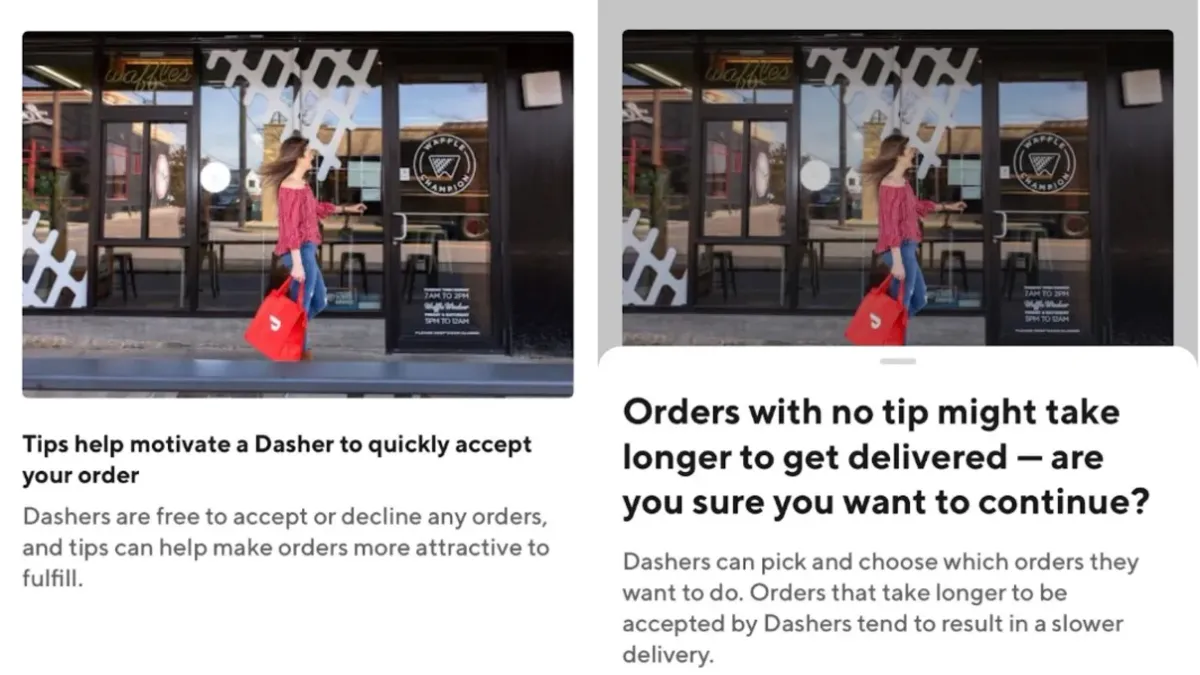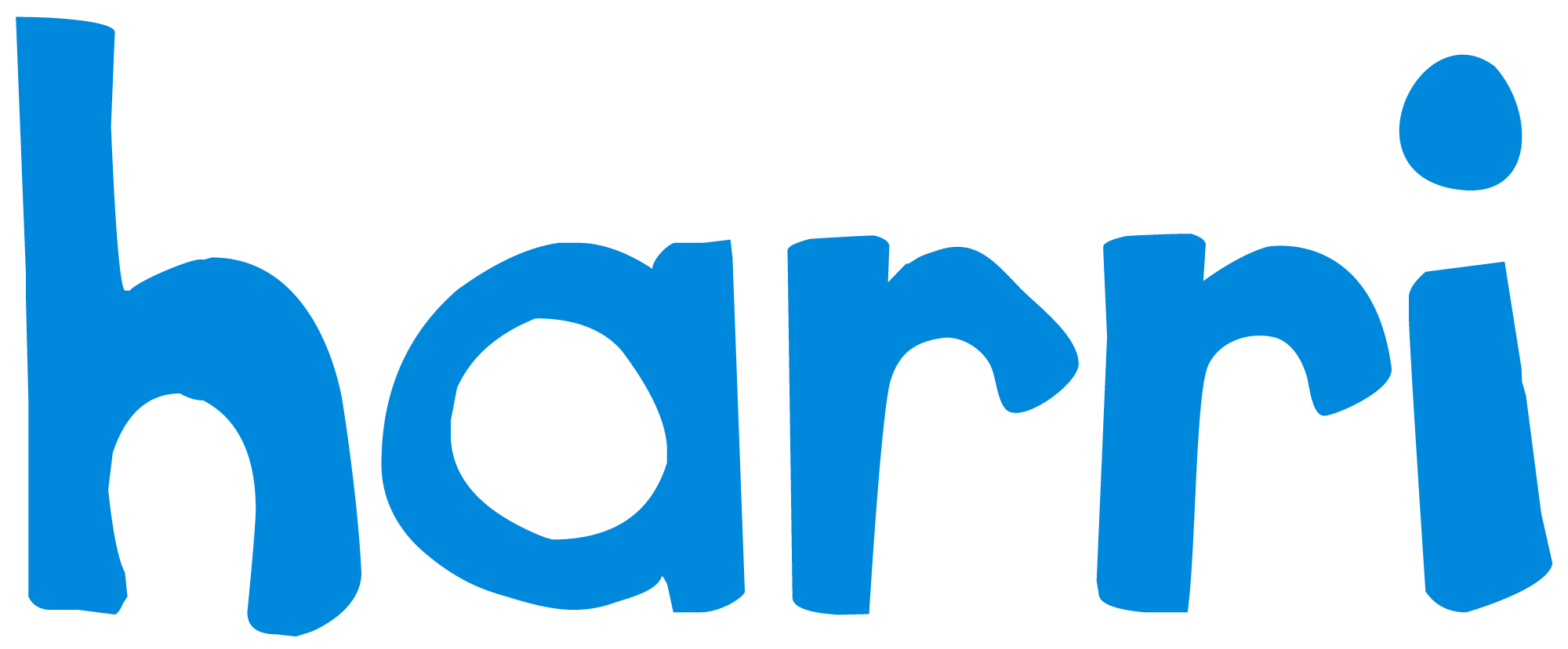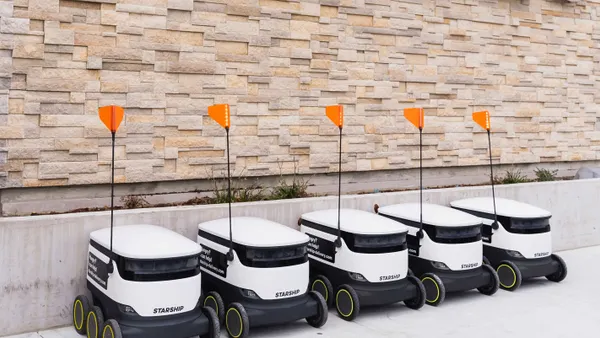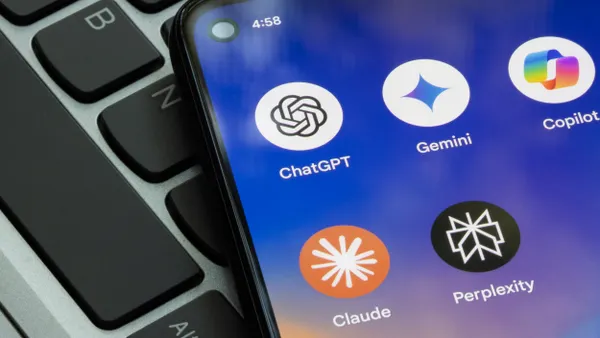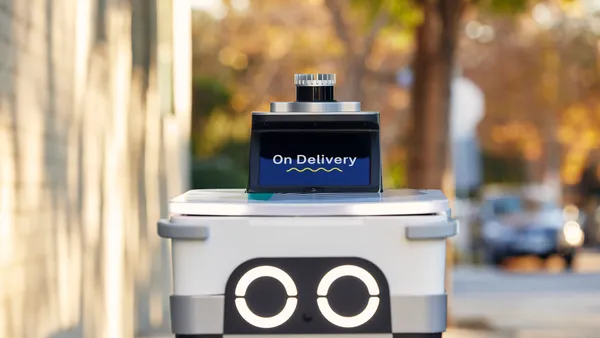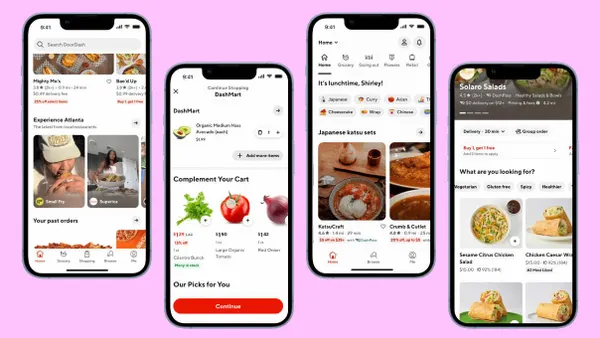Dive Brief:
- DoorDash is testing an in-app popup the tells customers who opt to enter a custom tip, rather than use one of the app’s presets, that delivery workers tend to accept orders with tips faster than those without, the company wrote in a blog post.
- If customers choose to input no tip, rather than add a custom one, they are asked to confirm the choice and the app tells them tipless orders often take longer to be accepted.
- DoorDash said the feature was a way to balance workers’ financial needs with the quick delivery times key to consumer experience and merchant frequency.
Dive Insight:
In the post, DoorDash said orders without tips “may result in a consumer’s food sitting longer at a merchant’s restaurant. That leads to consumers experiencing longer wait times as Dashers potentially decline their orders.” Customers still have the option not to tip, but those inputting no tip have to press a button confirming they’re not tipping.
“This screen is being randomly tested with customers in markets across the United States,” DoorDash said. “We will carefully analyze the results of this test and engage with members of our community for feedback before further roll-out.”
The tests of the popup have led to an unspecified decrease in no-tip orders.
DoorDash delivery workers are classified as independent contractors, and generally depend on the tips attached to their orders for a considerable portion of income. They also generally have discretion over which orders they accept.
However, worker rejection of orders is likely constrained by the fact that DoorDash measures worker acceptance rates in an effort to minimize orders that aren’t picked up, though acceptance rates do not impact whether workers accounts are deactivated. According to DoorDash’s FAQ for workers, delivery workers whose completion rates dip below 80% or 90%, depending on the market, could be subject to deactivation.
Earlier this year, DoorDash introduced a per-hour earnings option for workers, rather than its traditional piece-work system. While hourly pay systems could weaken the discipline that per-order metrics exercise on workers, DoorDash’s driver rating system would likely mitigate that impact.
DoorDash did not immediately respond to a request for comment on the percentage of orders placed without tips, or how much longer those orders tend to take. The company also did not clarify when or in which markets the tests have taken place, the scale of reduction in no-tip orders or any impact on acceptance rates.
As inflationary pressures have weakened consumer dollars, more consumers are expressing frustration with tipping in surveys, according to USA Today. At the same time, a convergence between hourly earnings, which include tips, and wages, which do not, measured by Square’s payroll index indicate that tipping has slowed.
Tipping allows employers to shift some of the cost of maintaining workers onto consumers — protecting margins — without resorting to direct menu price increases. Chipotle will use this strategy in California next year when fast food wages in that state increase.
Correction: A previous version of this article misstated the conditions under which a DoorDash driver’s account is deactivated.



